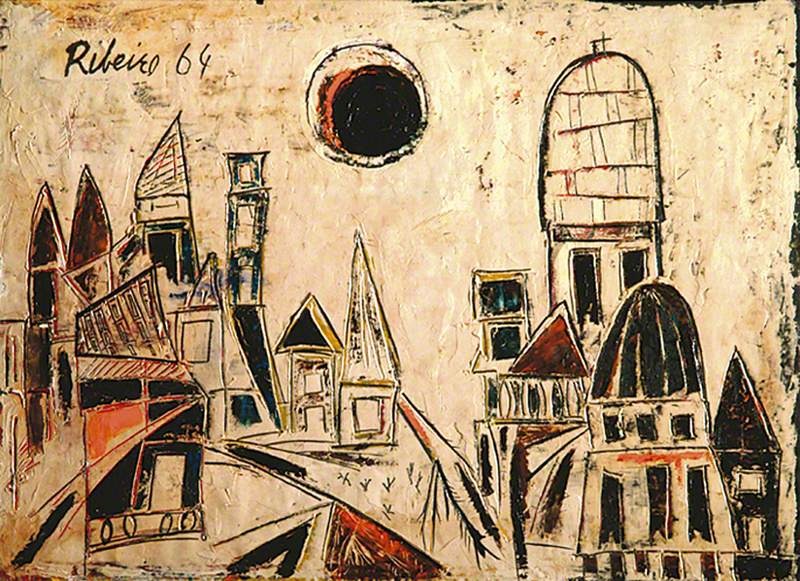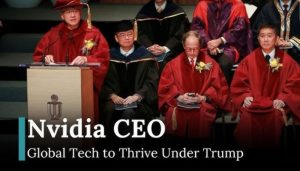Discovering Sussex’s Art Scene on a Cultural Day

In the upcoming week, coinciding with the Turner Prize debut in Eastbourne, we’re trialing a hop-on, hop-off bus tour specifically designed to lead art enthusiasts through the prominent cultural attractions across the region.
Seated on a swift bus journey through rolling hills, an unexpected sight emerges: an oxbow lake suddenly comes into view. Despite not being an expert in geography, the winding river’s sharp bends as it heads towards the sea at Cuckmere Haven captivate my attention. This stunning vista has inspired artworks by Eric Ravilious and even graced the scenes of several Hollywood films.
The Sussex Art Shuttle, dubbed as the bus, offers a unique experience that melds beautiful landscapes with their artistic interpretations. This novel service, launched by Sussex Modern, a business consortium, just last weekend and operating until December 17th, connects diverse cultural destinations. These stops include Eastbourne’s Towner Gallery, the Seven Sisters Visitor Centre near Seaford, quaint villages like Alfriston and Litlington, Charleston (once home to artists Vanessa Bell and Duncan Grant), and the new Charleston gallery in Lewes.
This initiative coincides with the Turner Prize, opening on September 28th at the Towner, commemorating the gallery’s centenary. Joining me on this journey are Joe Hill, CEO of the Towner, and Nathaniel Hepburn, director of Charleston. Hill notes, “Visitors arriving in Eastbourne by train also desire to explore the surrounding countryside. The Sussex Downs, among England’s most breathtaking landscapes and the newest national park, are now seamlessly linked to our rich cultural legacy.”
Before our departure, Hill swiftly guides me through the Towner’s serene galleries, presently closed ahead of the upcoming Turner Prize exhibition. The four shortlisted artists for the prize – Jesse Darling, Ghislaine Leung, Rory Pilgrim, and Barbara Walker – employ various mediums like film, drawing, performance, and sculpture. After admiring the gallery’s striking geometric façade, meticulously designed by Lothar Götz, we board the equally vibrant minibus. As we ascend into the national park’s elevated terrain, Hill and Hepburn share their enthusiasm for the region’s historical significance to artists, from the Bloomsbury group to figures like Peggy Angus and Grayson Perry. Additionally, they emphasize the ecological wonders of the area, with Hill noting, “This chalk grassland harbors as much biodiversity as the rainforest.”
Our first stop is the medieval village of Alfriston, where we disembark at the market cross, one of Sussex’s two remaining crosses. We step into the Much Ado bookshop, a delightful establishment spanning two floors, with a charming “book bower” nestled in the back garden, filled with reasonably priced volumes. Nash Robbins and Cate Olsen, the owners originally from Massachusetts and residing here for two decades, introduce me to framed Vanessa Bell drawings and rare Victorian scrapbooks.
Though tempted to linger until the next bus arrives in two hours, the allure of lunch beckons us. We head to The Star, originally a religious hostel built in 1345. Sadly, we lack time to explore the nearby Rathfinney vineyard, but I manage to sample their highly praised pale pink sparkling wine: dry with a subtle fruity note. The menu boasts enticing options such as smoked haddock croquettes, beetroot carpaccio, and chicken Milanese.
Back on the 2.28 pm bus, our next destination is the secluded Charleston, the historic farmhouse frequented by the Bloomsbury group. Coinciding with the Turner Prize on September 23rd, Charleston unveils two new exhibitions. One showcases the works of Osman Yousefzada, a British-born South Asian artist, while the other features a new Hockney exhibition, revealing rarely-seen early drawings.
Our final stop leads us to Lewes, where a striking new Charleston arts venue has emerged within a former council office building. Alongside a complimentary exhibition by contemporary artist Jonathan Baldock, the main exhibition titled “Bring No Clothes: Bloomsbury and Fashion” explores the “influence and legacy” of the Bloomsbury group on contemporary fashion. This display encompasses paintings, letters, personal belongings, and attire from notable figures like EM Forster, John Maynard Keynes, Vanessa Bell, Virginia Woolf, Lady Ottoline Morrell, and Duncan Grant. It also presents fashion creations from esteemed brands like Dior, Burberry, Erdem, and Fendi, providing an enthralling exploration of Bloomsbury’s heritage and its impact on today’s fashion scene.
Curated by fashion writer Charlie Porter, the exhibition is both captivating and enlightening, with insightful captions, notably focusing on Grant’s sensualized portrayals of his lover, Paul Roche. Porter remarks, “I had in mind the queer, non-binary, and trans communities that have found such a hospitable haven in East Sussex. I aimed to create an exhibition that would bridge the past and the future.”
As the clock strikes 5 pm, the final bus of the day awaits. During the one-hour journey back to Eastbourne, I gaze at sheep grazing while navigating steep, winding roads, eventually catching sight of the vast sea outside Eastbourne.
The town is bustling with autumn art-related events, including “Eastbourne Alive,” featuring public artworks and interventions by a dozen artists, from Nadina Ali to Nathan Coley. At the design-oriented Port Hotel, where I’m staying, a display of prints from the collection of Turner sponsor King & McGaw is showcased in the minimalist sea-view bar. The collection includes works by former Turner Prize artists such as Howard Hodgkin, Patrick Caulfield, and Fiona Rae.
The town’s seafront, adorned with palm trees, and its charming backstreets


